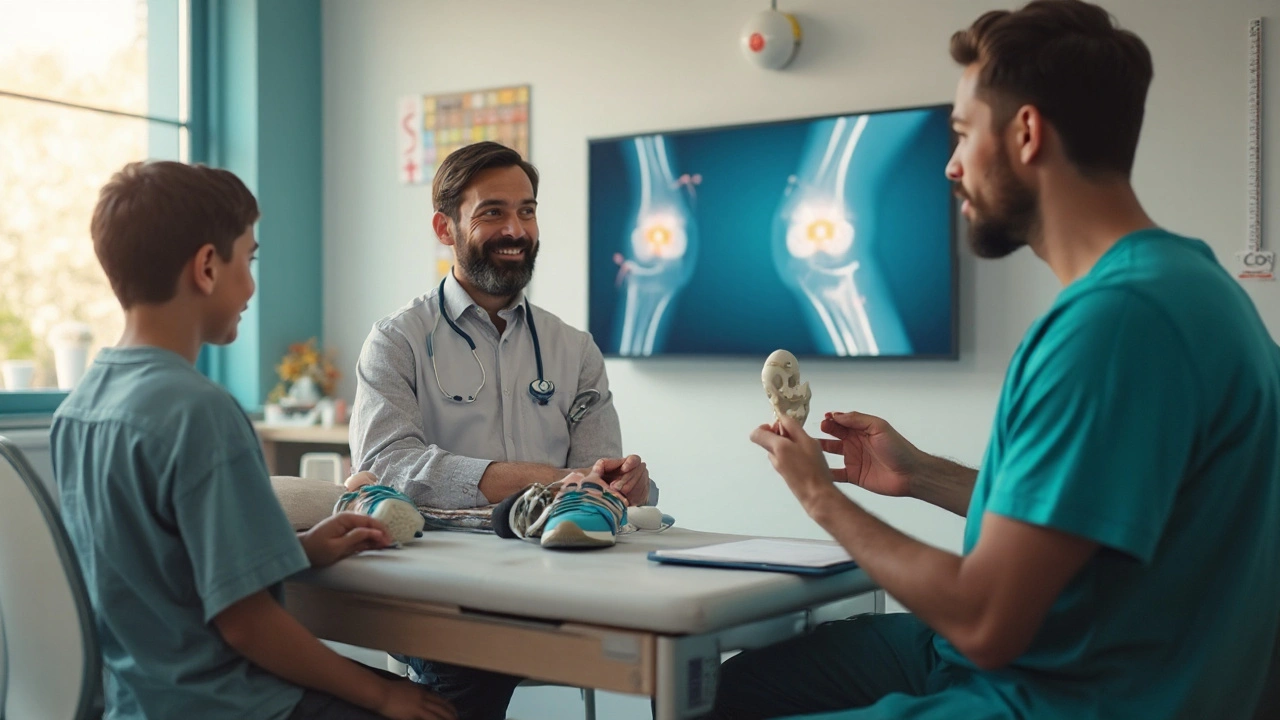Pediatric Rickets: What It Is and How to Fix It
Ever wonder why a child’s bones look soft or their legs curve oddly? That could be rickets. It’s a condition that shows up when kids don’t get enough vitamin D, calcium, or phosphate. Without these nutrients, the growing skeleton can’t harden properly, leading to pain, weakness, and deformities.
Why Kids Get Rickets
The main culprit is low vitamin D. Sunlight triggers vitamin D production in skin, so kids who stay indoors a lot or wear heavy clothing all year may miss out. Dark‑skinned children need more sun exposure because their skin blocks some of the vitamin D creation. Poor diet adds to the problem—if meals lack fortified milk, cheese, or fish, the body can’t get the calcium and phosphorus it needs.
Other risk factors include certain medical conditions that affect gut absorption, like celiac disease, or medications that interfere with vitamin D metabolism. In some parts of the world, low‑quality food supplies mean families simply don’t have access to enough nutrients.
How to Treat and Prevent Pediatric Rickets
The good news? Most cases are reversible with the right steps. First, a doctor will confirm rickets with a physical exam and an X‑ray of the bones. Blood tests check vitamin D levels and other minerals.
Treatment usually means giving vitamin D supplements—often a high dose for a short period, then a maintenance dose. Calcium or phosphate pills may be added if labs show they’re low. Parents should also boost their child’s diet: add fortified milk, yogurt, cheese, eggs, and oily fish like salmon.
Getting safe sunlight is another easy fix. Ten to fifteen minutes of midday sun a few times a week can raise vitamin D levels, but always protect skin from burns.
Prevention is all about routine. Make sure kids have regular check‑ups so doctors can spot early signs—like delayed walking, bone pain, or frequent fractures. Encourage outdoor play, balanced meals, and, if needed, a daily vitamin D drop for infants.
If you notice any of these red flags—soft skull bones, bowed legs, or thickened wrists—talk to a pediatrician right away. Early action can keep your child’s bones strong and healthy.
Osteodystrophy & Growth Plate Abnormalities in Children: Signs, Diagnosis, and Treatment
Clear guide to osteodystrophy and growth plate problems in children: what it is, signs to spot, tests doctors use, treatment options, and day-to-day support.

